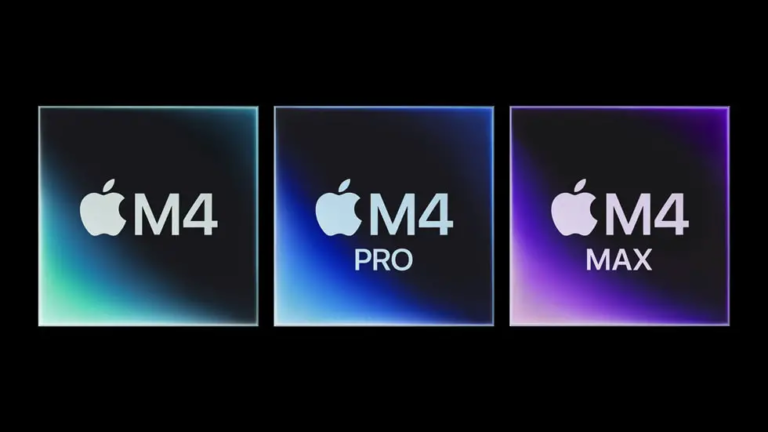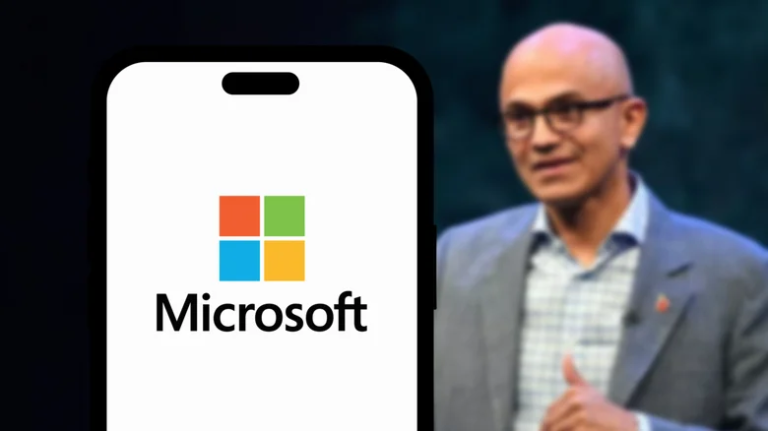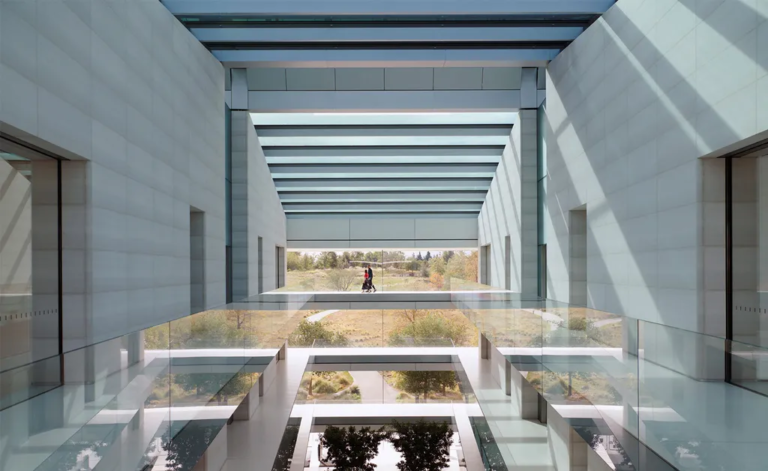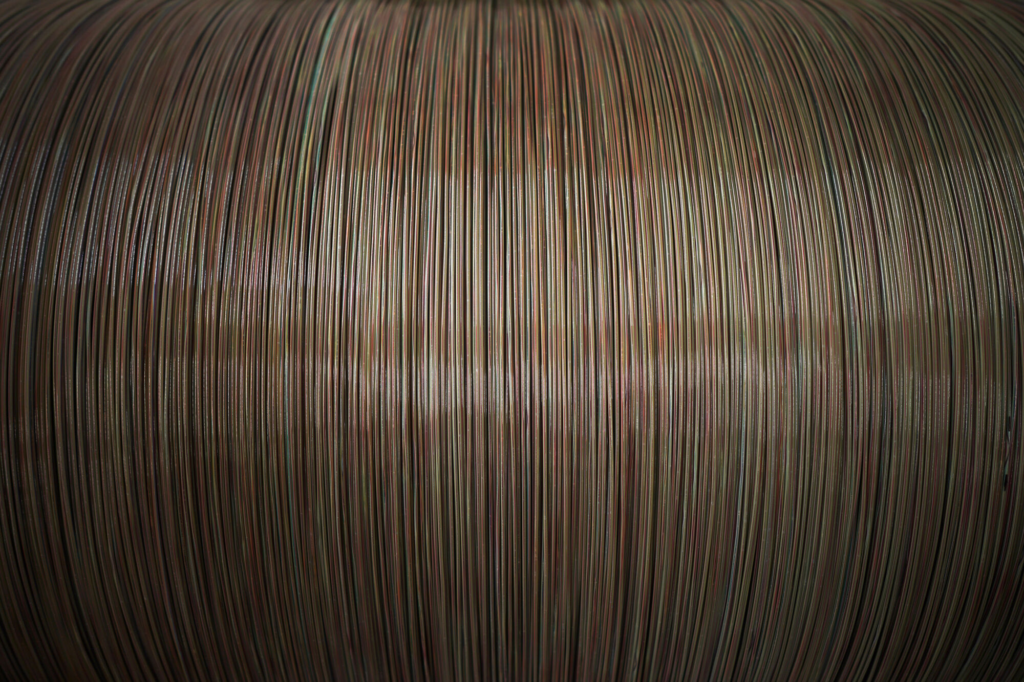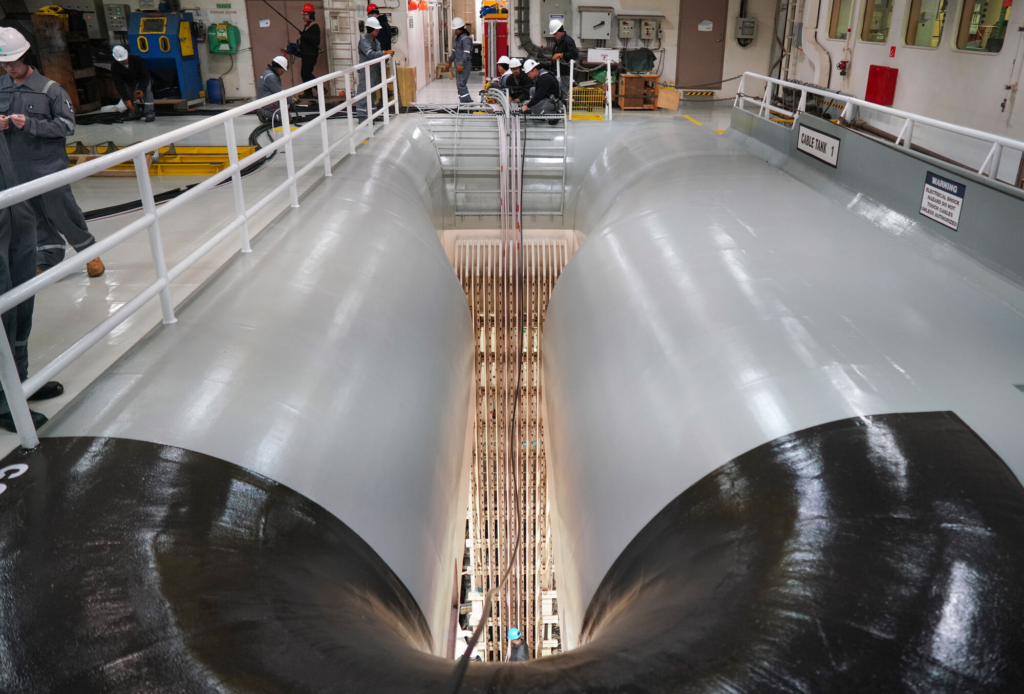Bluetooth trackers are invaluable tools for locating essential items like keys, wallets, or even bags. With just a smartphone, you can quickly find lost belongings, offering a level of convenience that avoids the potential issues of GPS trackers, such as server outages or recurring subscription fees. However, there are only a few major brands offering Bluetooth trackers, which can make it challenging to decide which one is the best fit for your needs.
In this post, we will explore the 7 major Bluetooth tracker brands, ranking them from worst to best, based on their features, compatibility, and overall performance.
Jiobit

Jiobit, a Life360 brand, primarily operates as a GPS tracker but incorporates Bluetooth technology in its Jiobit Gen 3 Tracker. This combination of GPS and Bluetooth enhances its accuracy and range, and it even offers a Bluetooth Alert feature to notify you when an item moves out of a designated range.
However, Jiobit’s major drawback is that it requires a monthly subscription for full functionality, including its Bluetooth features. At over $100 for the tracker itself and nearly $20 per month for the subscription, it is one of the priciest options on this list. Given the cost, poor customer feedback, and limited reliability, Jiobit is not the best option if you’re primarily seeking a Bluetooth tracker.
eufy

eufy’s Bluetooth trackers are geared mainly toward Apple devices, which limits their appeal. Apple users already have access to the more reliable and integrated AirTag, making eufy a less compelling choice for this market. Furthermore, eufy has faced privacy concerns regarding its other products, such as security cameras.
Although eufy trackers come in various designs, including card-shaped versions for wallets and small rounded ones for keychains, their limited compatibility and lack of additional features make them less appealing. Despite being inexpensive, their inconsistent battery life and functionality push them lower on the list compared to other brands.
Chipolo

Chipolo is one of the few brands focused entirely on Bluetooth trackers, with the Chipolo ONE being its primary product. Available at major retailers like Best Buy, Chipolo trackers offer wide accessibility. The Chipolo ONE is also more affordable than competitors and boasts a longer battery life, making it a good option for iOS users who want an alternative to Apple’s AirTag.
However, Chipolo trackers are limited in compatibility, with the basic version only working with the Chipolo app. More expensive models are required to integrate with Apple and Google services. While the brand offers some worthwhile options, its lack of flexibility and varying product specifications may require extra research to find the right variant for your needs.
Pebblebee

Pebblebee’s trackers are designed for Bluetooth functionality but offer the option to add GPS capabilities with a subscription. These trackers are compatible with both iOS and Android devices, making them a versatile choice for users across different platforms.
Despite their broad compatibility, Pebblebee products have received mixed reviews, mainly due to network issues and shorter battery life, even though they are rechargeable. They also tend to be slightly more expensive than competitors. However, for users who value cross-platform compatibility and optional GPS features, Pebblebee is a brand worth considering.
Samsung

Samsung’s Galaxy SmartTags are designed specifically for Samsung Galaxy devices, which limits their appeal to a niche group. These trackers have an unimpressive battery life, but for Samsung Galaxy owners, they offer some unique benefits, such as integration with other Samsung devices to extend the range of the tracker.
One of the standout features of the Galaxy SmartTag is its ability to connect with nearby Samsung devices, effectively increasing the range of the tracker. Newer models also support ultra-wideband technology for more precise tracking. Frequent sales make this an affordable option for Samsung users who want a reliable Bluetooth tracker.
Apple

For iPhone users, Apple’s AirTag is the go-to Bluetooth tracker. Despite average battery life and the need for accessories to attach the tracker to items, the AirTag offers simplicity and a robust feature set. Apple’s integration with iOS devices makes the AirTag easy to use, with minimal setup required.
Key features of the AirTag include a built-in speaker, IP67 water resistance, and the ability to share tracking with multiple iPhones. While AirTags rarely go on sale, they are worth the investment for Apple users due to their seamless functionality and wide range of features.
Tile

Tile, another Life360 brand, earns the top spot as the best Bluetooth tracker brand. Unlike Jiobit, Tile is fully focused on Bluetooth tracking, offering excellent compatibility and affordability. Tile trackers work with both iOS and Android devices, making them accessible to a broader audience.
Tile offers a variety of products, including the Tile Mate, Tile Sticker, and Tile Pro, which cater to different needs. The Pro model provides the longest range and features a replaceable battery, making it a highly reliable option. While Apple’s AirTag may offer slightly better accuracy, Tile’s versatility, ease of use, and positive reviews make it the top choice for most users.
Conclusion
While Bluetooth trackers can vary in terms of reliability, Tile stands out as the most well-rounded and versatile option. Samsung and Apple offer excellent alternatives for users within their ecosystems, but Tile’s cross-platform compatibility and variety of products make it the best choice for most people. Whether you need a basic tracker or one with advanced features like GPS, these 7 major Bluetooth tracker brands provide options for every need.



